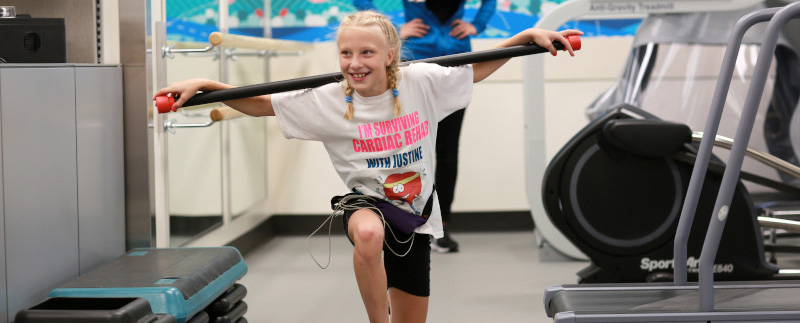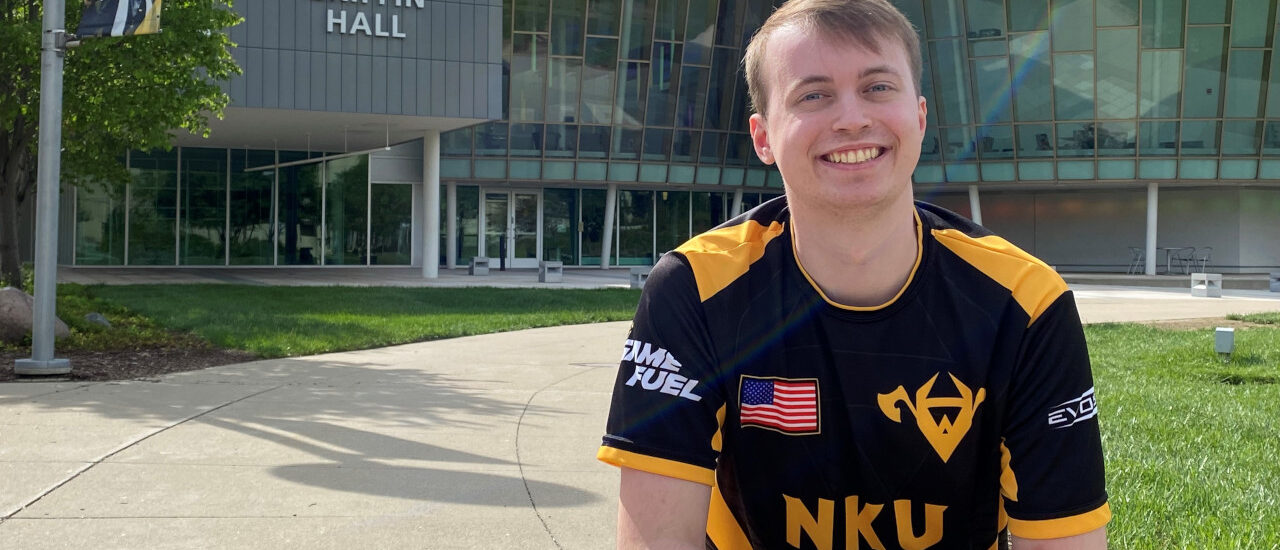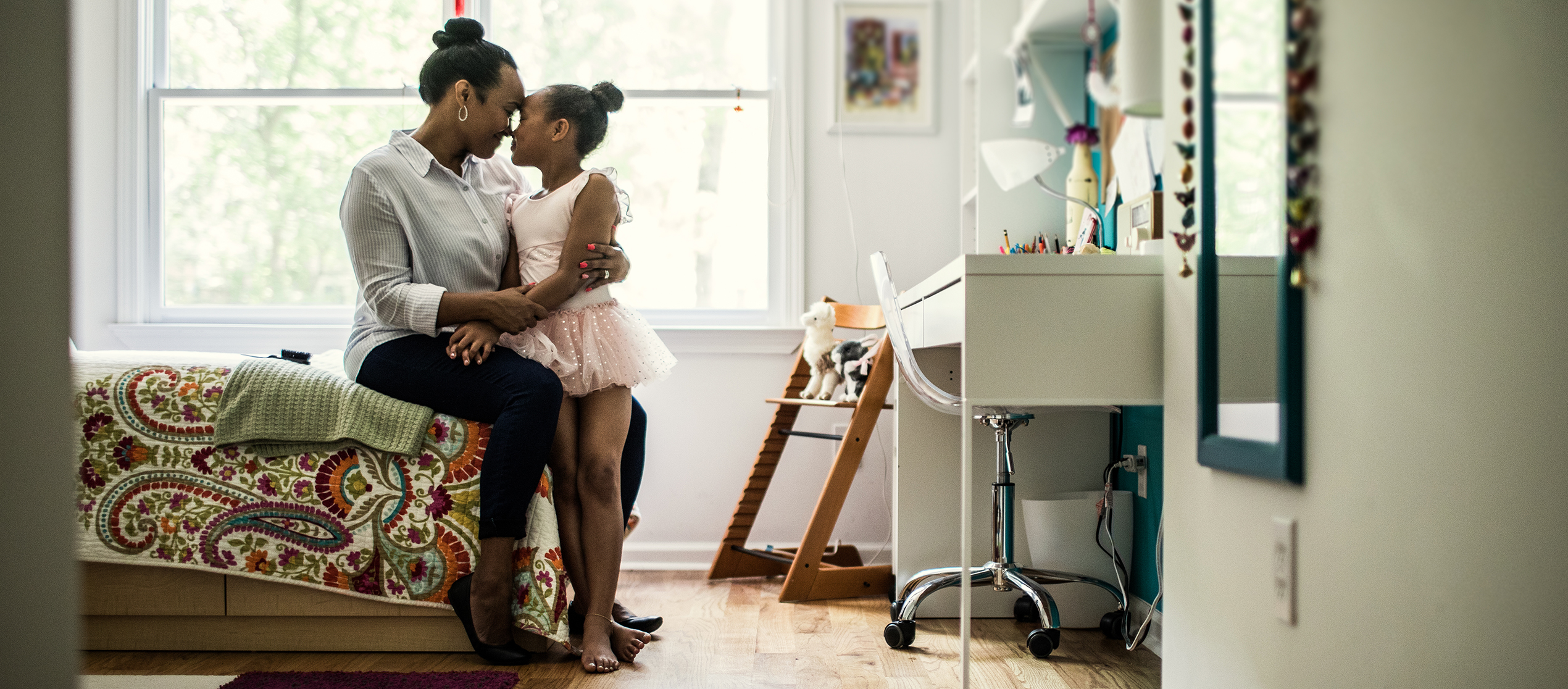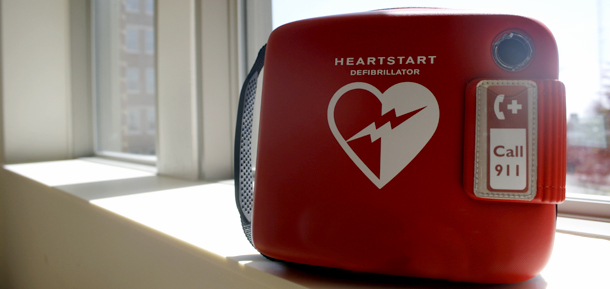When we think of someone who needs cardiac rehabilitation, we often think of older adults who have had a cardiac event. That’s certainly how it started. However, cardiac rehabilitation over the last few decades has expanded to serve not just adults with coronary artery disease, but also young people living with congenital heart disease or cardiomyopathy, those in heart failure, and those who need heart surgery.
Because cardiac rehabilitation involves regular exercise training, it is sometimes counter-intuitive to what parents may have been told previously. We receive a lot of questions about its safety, goals and challenges. I’d like to answer some of the more frequently asked questions, so that we can help parents become more comfortable with their child’s participation.
FAQs: Cardiac Rehabilitation for Kids
1. For which kids is cardiac rehabilitation recommended?
Cardiac rehabilitation is a way to build strength, endurance, and resiliency. Often after a period of heart failure or immediately after a major heart surgery, a young patient is deconditioned. He needs help regaining the function of their body as well as their spirit. Examples of young patients who might benefit from participation in cardiac rehabilitation are those living with congenital heart disease including Fontan patients, those with cardiomyopathy including hypertrophic cardiomyopathy (HCM), and those who have had recent cardiac surgery including ventricular assist device (VAD) implant and heart transplant.
2. Why does my child need cardiac rehabilitation after surgery?
Many children who undergo heart surgery are deconditioned which means their bodies have become weaker over time and they are less resilient. Basically, they are “out of shape”. This can put them at risk for more complications and higher readmission rates. We can help your child rebuild strength while still in the hospital after surgery. Once they are discharged home, we can continue to help them exercise while they make a full recovery. The goal for every patient we work with is to educate them on how to exercise safely and effectively to promote life-long health.
3. My child hasn’t tolerated exercise well in the past – how will you keep him safe?
We understand that parents may have some hesitation with their child exercising after being sedentary for a while, and especially if they are in heart failure. All of our patients get a baseline assessment of their cardiorespiratory fitness reviewed by a cardiologist before starting. And for at least the first handful of sessions, they will wear full ECG telemetry equipment that monitors for arrhythmias. We will assess each patient’s muscle strength, flexibility, and cardiopulmonary functioning. This will help us keep him safe and create a personalized training plan.
4. How long does it take?
A typical cardiac rehabilitation program will last around 12 weeks. This consists of performing the prescribed exercises 2-3 times a week. Upon graduation of the program, our patients receive a written exercise prescription. This is based on their performance and taking into account their particular cardiovascular disease. Some patients are able to participate again, and others continue via self-guided exercises in their home environment.
5. What are the goals?
Once we have performed a fitness assessment, we know the physical capabilities of each patient. Every patient’s heart condition, medications, and fitness level are different. We work directly with you and your child to establish fitness and lifestyle goals so it is truly personalized. Importantly, we tailor our program to different ages and developmental levels. A four year old is going to need a very different training plan compared to a teenager. This a strength of our Cardiac Rehabilitation Program, one of the few based in a children’s hospital.
The bottom line is that we’re here to help your child understand their capabilities and realize their true potential. They will have a greater knowledge of how to exercise safely and to continue living a healthy lifestyle.
6. What are the challenges?
Attendance is probably the biggest challenge with cardiac rehabilitation. All patients and families are busy. Our location at Burnet Campus and operating hours may not be convenient for everyone. This is why we are currently offering an option to do a home-based cardiac rehabilitation program. Patients still come to our facilities for their baseline assessment and a handful of sessions. If there are no issues, they can then complete their prescribed exercises at home utilizing a smart phone app and supplied equipment. This helps them remember and track their exercises, and allows us to monitor their progress.
7. How can I help my child be successful?
Starting an exercise routine following surgery is not easy. The good news is that kids are inherently resilient. With motivational help from our staff and their own caregivers at home, they can get over the hump of whatever barrier is standing in front of them. Typically it’s fear – fear of exercise itself or fear that something bad will happen. Other times it’s the difficulty of physically pushing through when the workouts are tough. The vast majority of kids are able to move past these challenges and not only reach their goals but enjoy doing it. When they get through an exercise session and come out with sweat on their brow and a smile on their face, we know they’ve crossed that barrier.
To learn more about our Cardiac Rehabilitation program, please call 513-636-7632 or email cardiac.rehab@cchmc.org.






